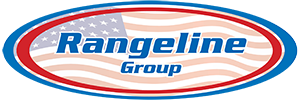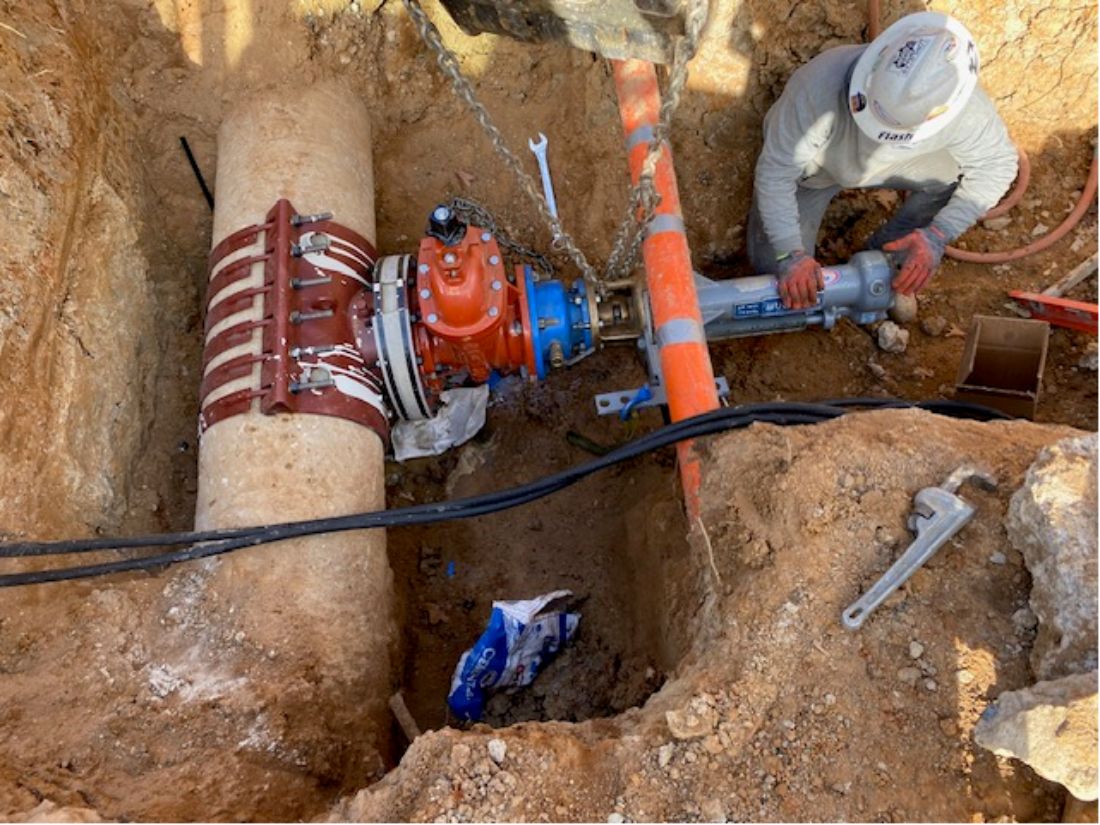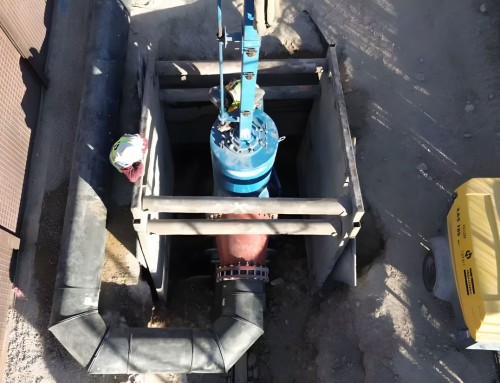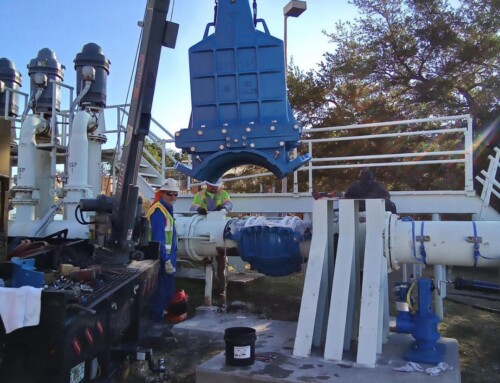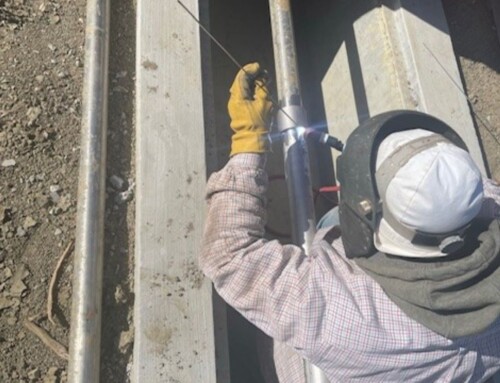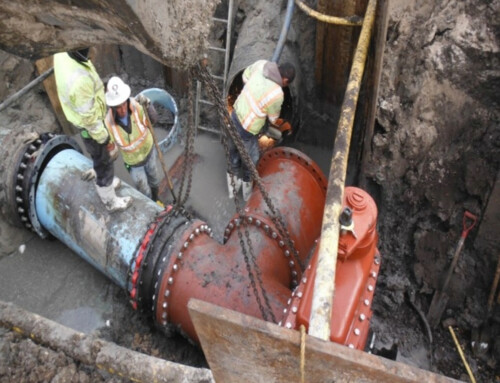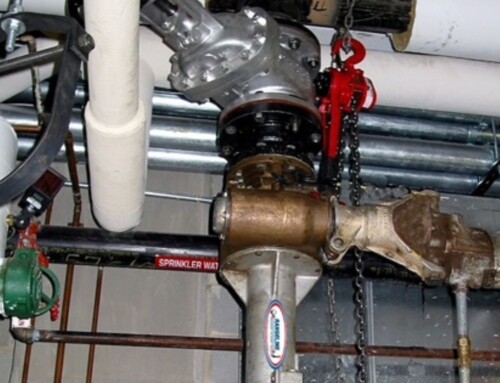As urban areas continue to develop, safe and effective water distribution systems are critical for supporting growing populations and businesses. Wet tapping is a technique for tying into live pipelines without interruption to water service, and it’s a common method for connecting new water systems to existing mains.
However, wet tapping water lines in urban environments presents several unique challenges. By understanding these obstacles and employing solutions, cities can continue to provide essential water services and infrastructural support in communities.
Navigating Complex Infrastructure Networks
One of the most prominent challenges of wet tapping in urban areas is navigating underground infrastructure. With multiple utilities running in close proximity, crews must avoid other underground services like electrical lines, gas pipes, and telecommunications cables.
Mapping and location services can provide comprehensive data on the location and nature of all buried utilities to minimize the risk of damaging them. With this information, operations can proceed safely, reducing the likelihood of catastrophic disruptions.
Managing Confined Spaces and Restricted Access
Many people characterize urban environments as tightly confined areas with minimal room for equipment and personnel. Overcoming the challenge of restricted access in wet tapping operations means employing specialized equipment designed for compact spaces, such as custom-built tapping machines or track-mounted drilling rigs. Then, crews can perform their duties safely and efficiently within a limited work zone.
Confined space training can help workers identify and mitigate potential hazards, especially with limited visibility and movement. This training can foster collaboration, leading to more effective wet tapping operations that don’t impede the hustle and bustle of city life.
Adhering to Regulatory and Environmental Standards
Regulatory compliance and environmental protection are very important in urban settings. Wet tapping operations must follow strict guidelines to protect residents from water contamination, maintain water pressure, and reduce environmental impacts. By staying current on water safety regulations and requirements, pipeline maintenance crews can meet all standards and avoid costly fines and legal disputes.
When constructing new water lines, consider incorporating environmentally conscious designs and materials, such as trenchless construction and employing green infrastructure to minimize disruptions and environmental impacts.
Communicating and Coordinating
Another challenge of urban wet tapping projects involves the high level of coordination required between involved parties. This typically includes utility companies, city planners, residents, and the skilled crews performing the service. Miscommunication or mismanaged expectations can lead to project delays and damage to the water main system.
To reduce these risks, all teams must develop detailed project plans, establish clear lines of communication, keep all parties informed about progress or changes, maintain flexibility, and respond to unforeseen issues on-site. Strong communication and coordination can contribute to project efficiency.
